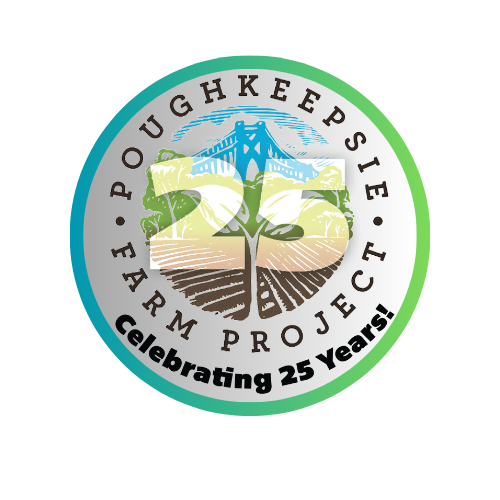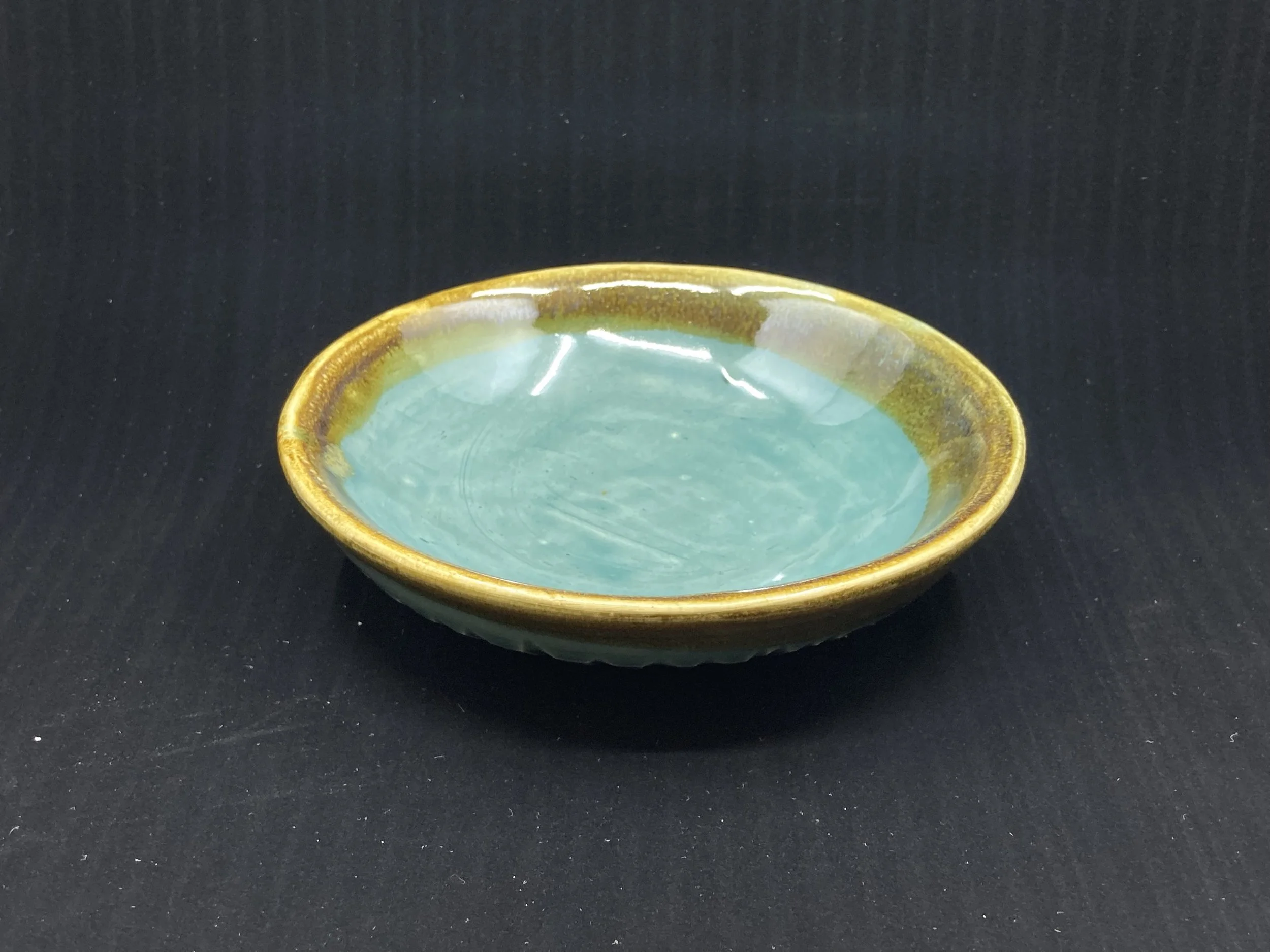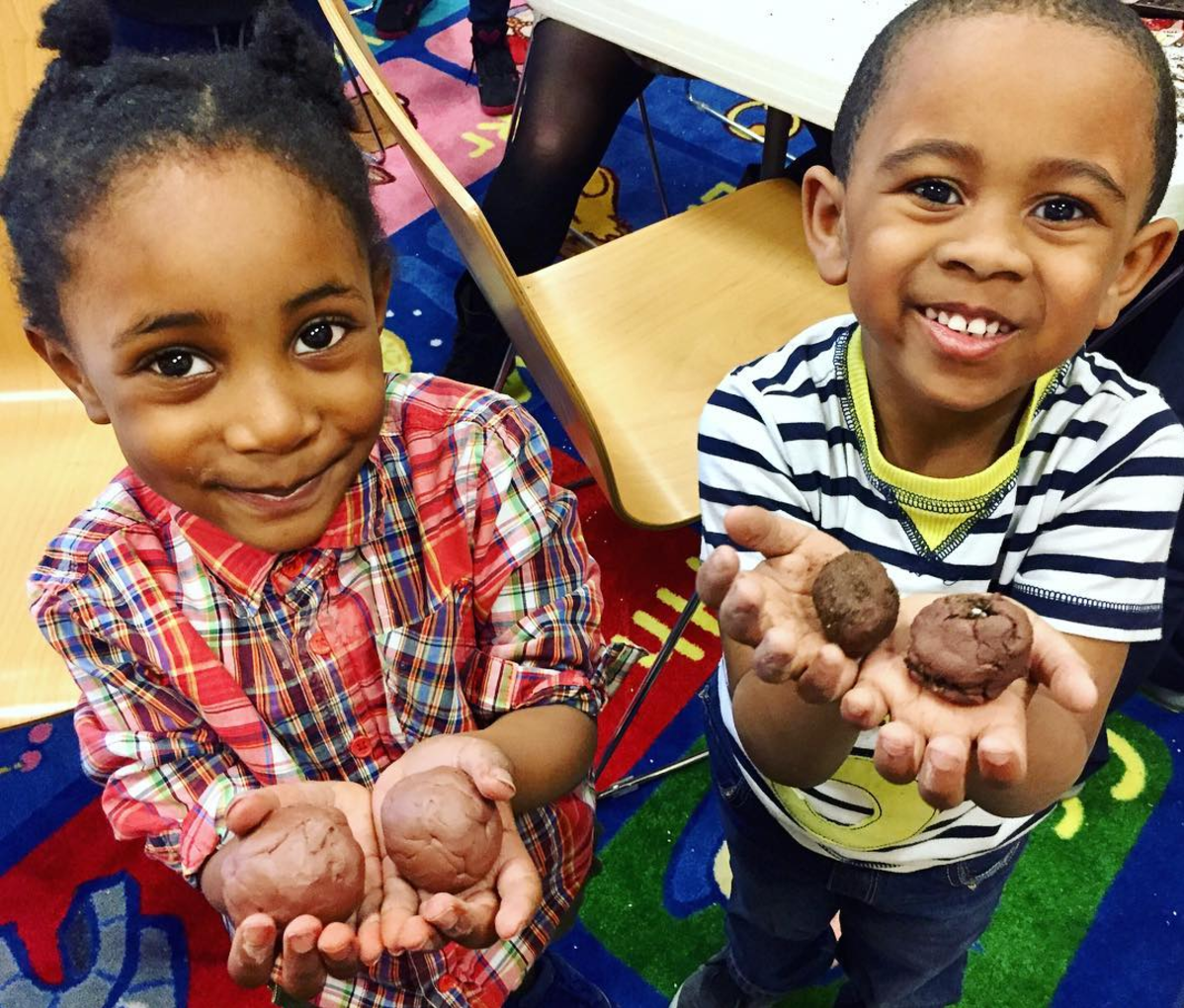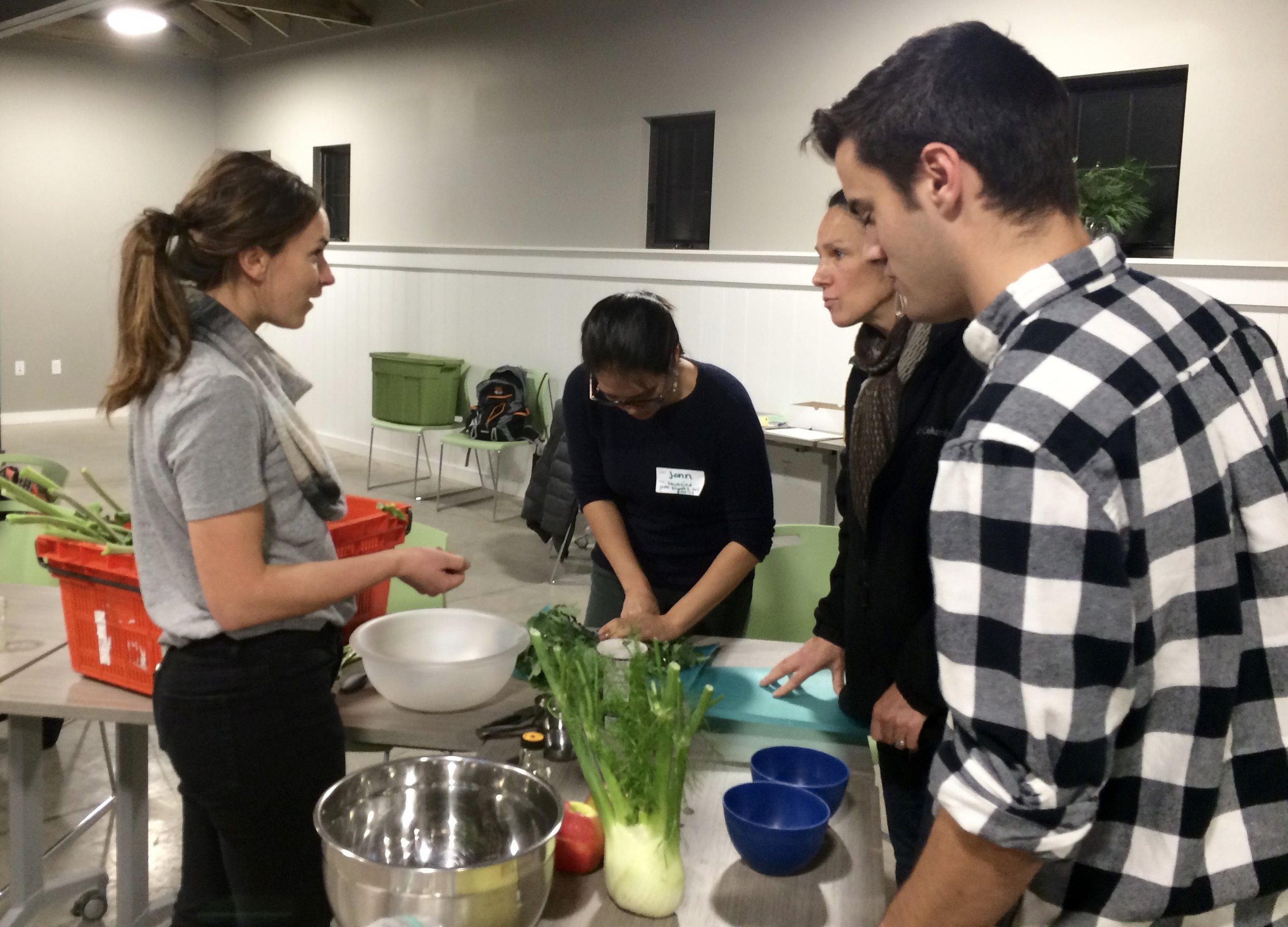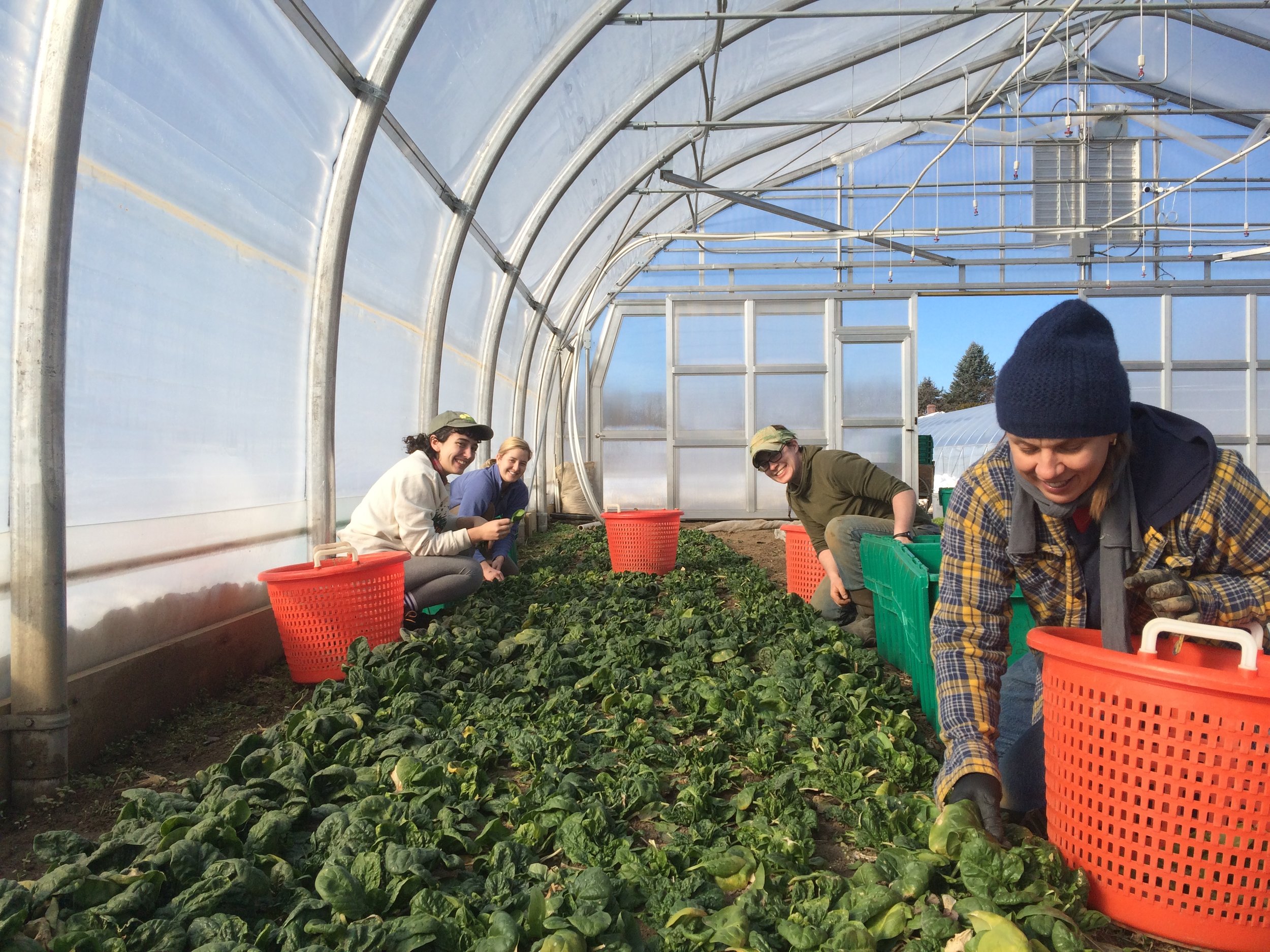Here at Poughkeepsie Farm Project, it’s no secret that our team of coworkers truly feels like a family. Our shared dedication to this work has helped forge strong, meaningful connections with each other. In an organization with a core team of only five full-time employees spread within three fast paced departments, this principle is both essential in operating effectively with continued vigor, and astonishing to genuinely maintain. Just how do we do it?!
Truth be told, running the show behind the scenes of Poughkeepsie Farm is our Office Manager Kate Dayton! Kate is our number one advocate, celebrating our good work with gusto, as well as our voice of reason, helping us affirm boundaries. She is authentic, unwavering, eager to share her gifts, and never afraid to say no. Since she has joined our team, we have witnessed an extraordinary flowering of human potential on the farm. Let’s be honest, we all admire her, are inspired by her, and want to grow up to be her!
I had the sincere pleasure of sitting down with Kate to explore her role, her responsibilities, and learn more about her journey to our farm family. As I prepared to commence the interview in a quiet room at Oakwood Friends School (home of our winter office), Kate didn’t waste a minute; she sat down at a piano, and began to play. The fact that she just began piano lessons a year ago is a true testament to her determination, confidence, and enthusiasm for life and learning.
What brought you to PFP?
In 2004 I left work in Manhattan after 15 years as an executive assistant for a full service real estate firm. I really truly loved this work, but the commute from my new home in Cold Spring was too far. After having some trouble finding a job up here, I decided it was my time to change the world! I started a business called “Green Courage” that sold healthy and sustainable interior building materials. A little shop in water street market in New Paltz! After this rewarding and challenging endeavor it was very clear to me that I needed to be connected to doing good in the world. When I read the Office Manager position for PFP I could not believe that for the first time in one job description there were so many diverse tasks – so many skills that I could contribute to help move this good work forward, while being a part of such a unique team. One of the goals in my job search was to be a part of a team and a community, and I really could not have landed in a better place in this regard. Be it our community of staff, our CSA community, or the Poughkeepsie community at large, I always feel such compassion and support each day and that is just so awesome. It is such an honor to work here, I feel so darn lucky!
What does your job entail behind the scenes?
An important part of the work that I do is in making sure that the money that comes in to the organization is recorded and processed in the best possible way, that we are meeting good financial bookkeeping practices, and we are constantly improving. The other area is in the management of that income in the CSA, and coordinating and organizing the list of members. If someone has committed to participate in our CSA community, it is very important that we welcome them when they come to pick up their share, and having their name correct – is an important part of expressing that acknowledgement and appreciation.
What do you love about your presence at PFP?
What excites me and brings great satisfaction is looking at ways to improve systems and processes. I like to explore what is not working and create ways to improve on it...for instance when I arrived we processed CSA Registrations, Education Program fees, expense recording etc. differently from how we process them now. The way I came about the current method was from taking a look at tasks, efficiencies of time, accuracy and results and rearranged how the work flow took place. It is never perfect, but it is now manageable within the lean resources we operate within.
In addition, I cannot put into words how grateful I am to eat the fresh delicious food that comes from our farm. It makes me think back to my childhood in Vt. when our milk came from our landlord's dairy farm in gallon jars with cream on the top and fresh corn was just picked in a neighbor’s field. I have great respect and admiration for our farm director and crew as we all know that growing food and negotiating the environment is a big undertaking. Prior to coming to PFP, I did not remember how amazing a fresh cucumber tasted. My husband and I sit at our dinner table feasting on this tasty bounty in food ecstasy!
What do we love most about Kate’s presence at PFP?
Kate is a task master with keen emotional intelligence. She anticipates needs of the team, listens attentively, and is attune to the profound impact of empathetic leadership. We have witnessed firsthand the trust, group identity, and group efficacy cultivated through her ideals and integrity. Kate may say she was drawn to this position by the strength of our community, but it sure is hard to picture this community without Kate.
